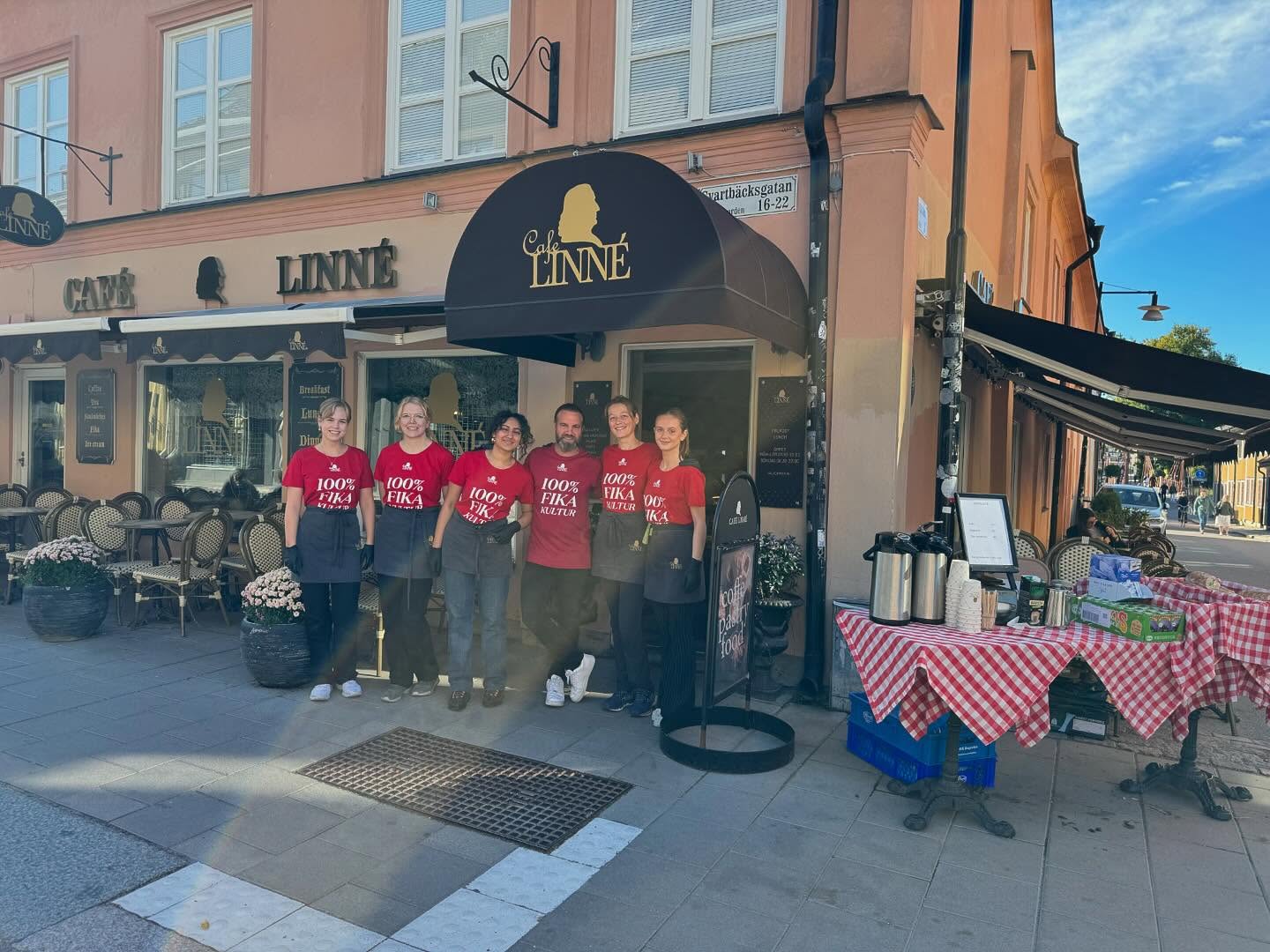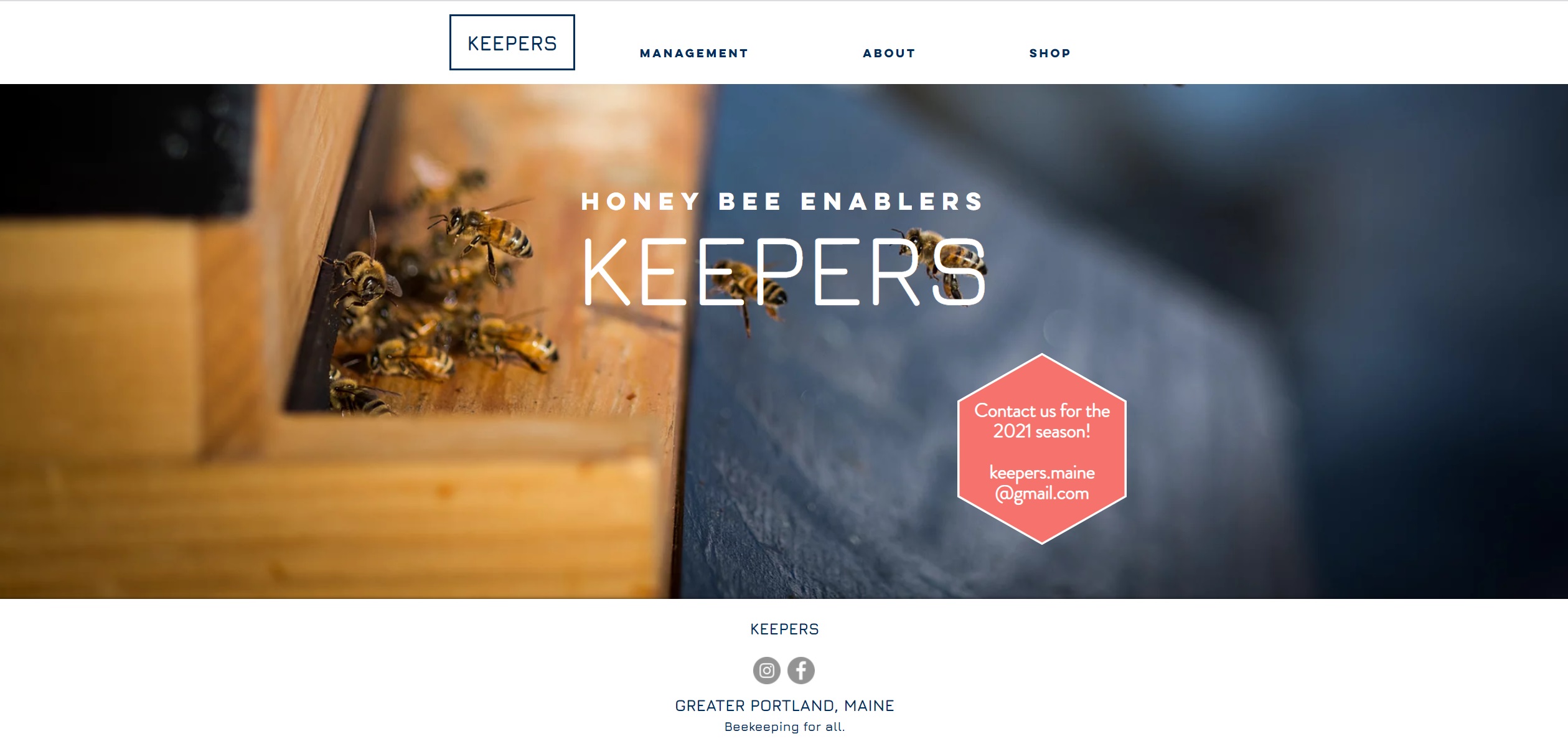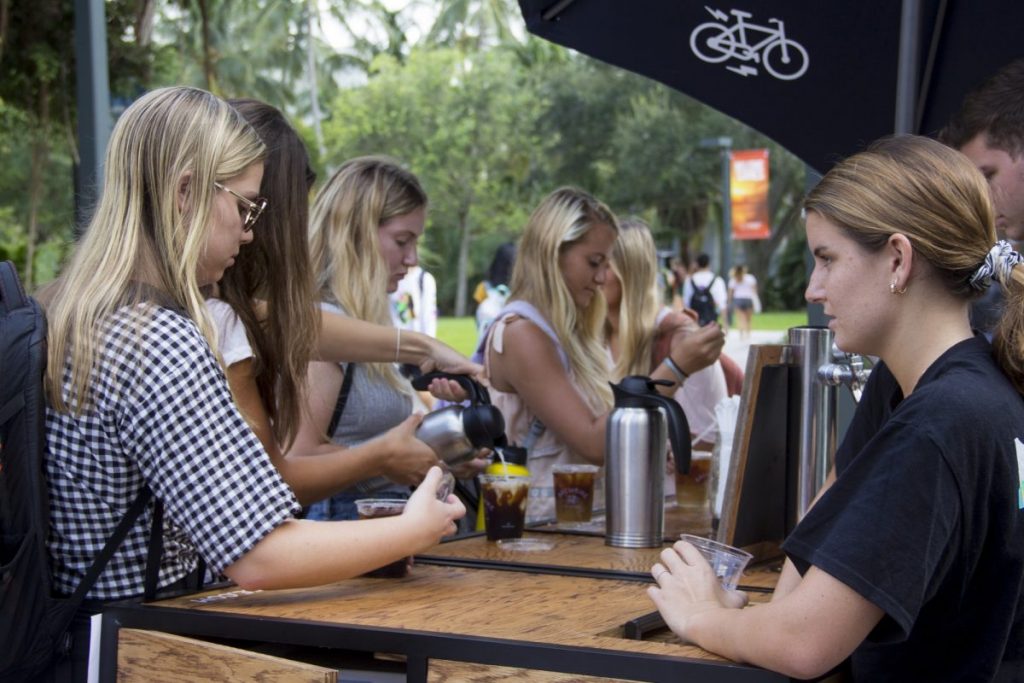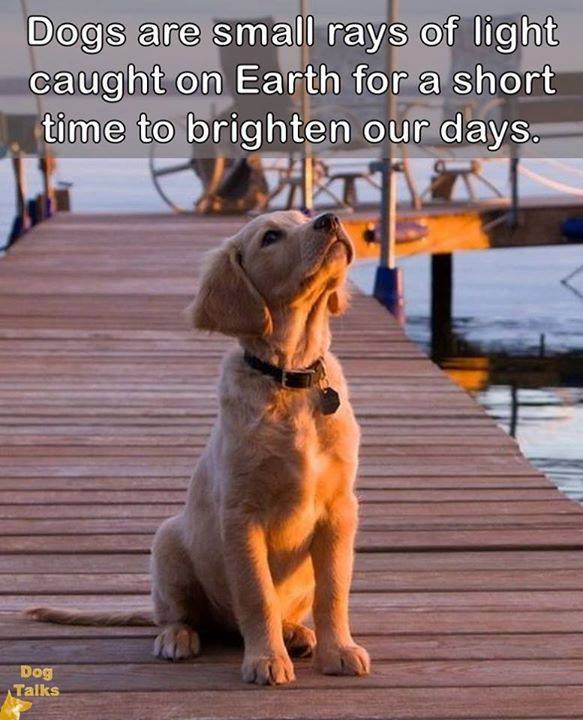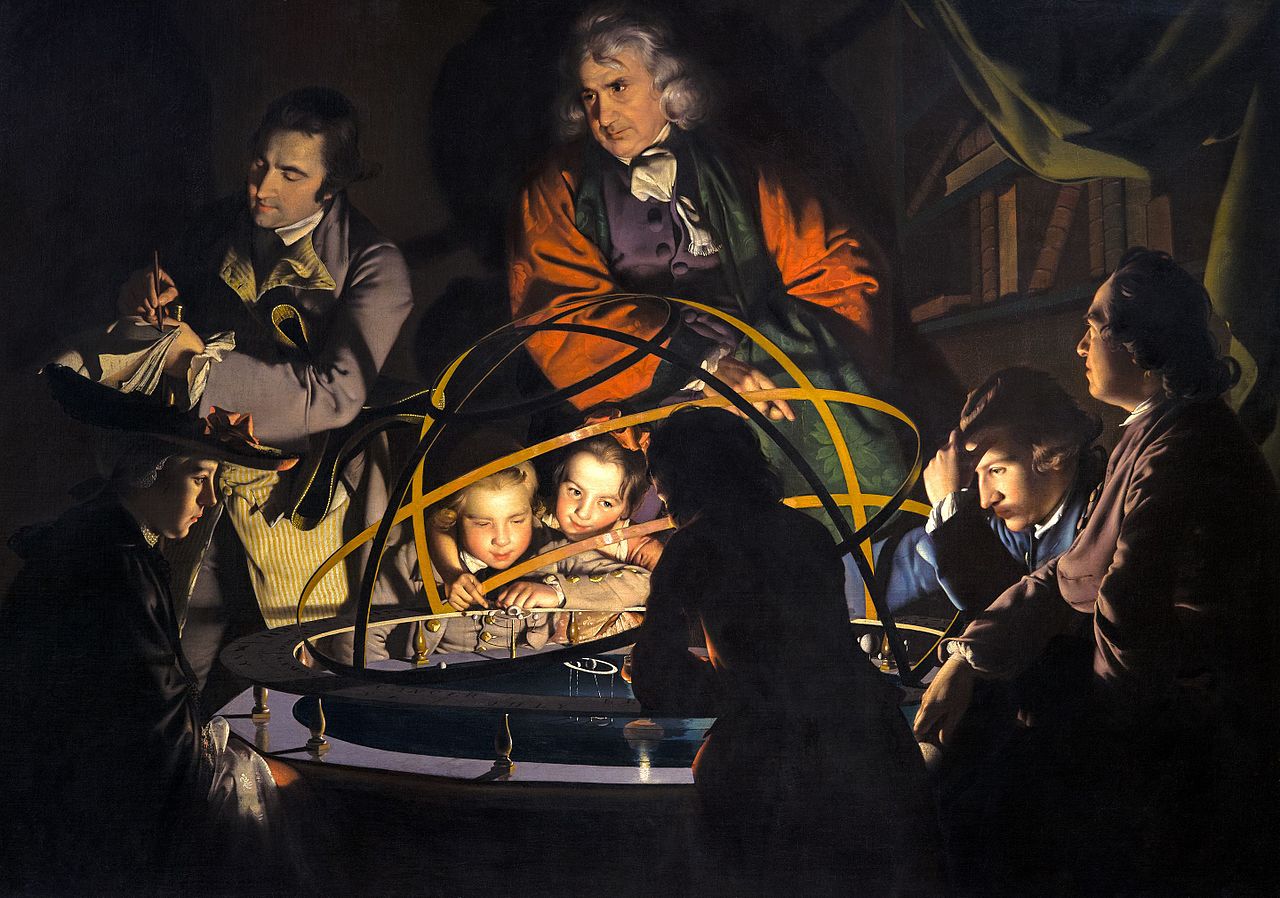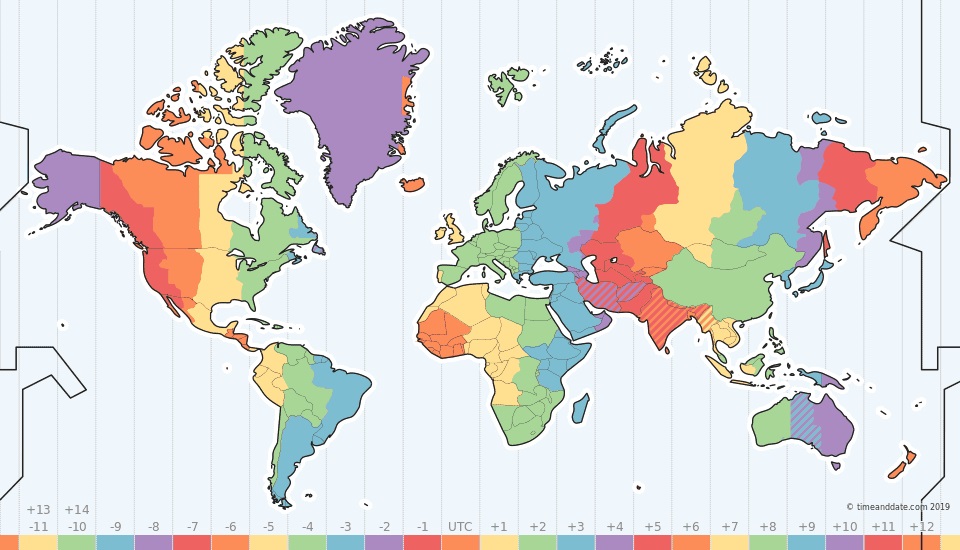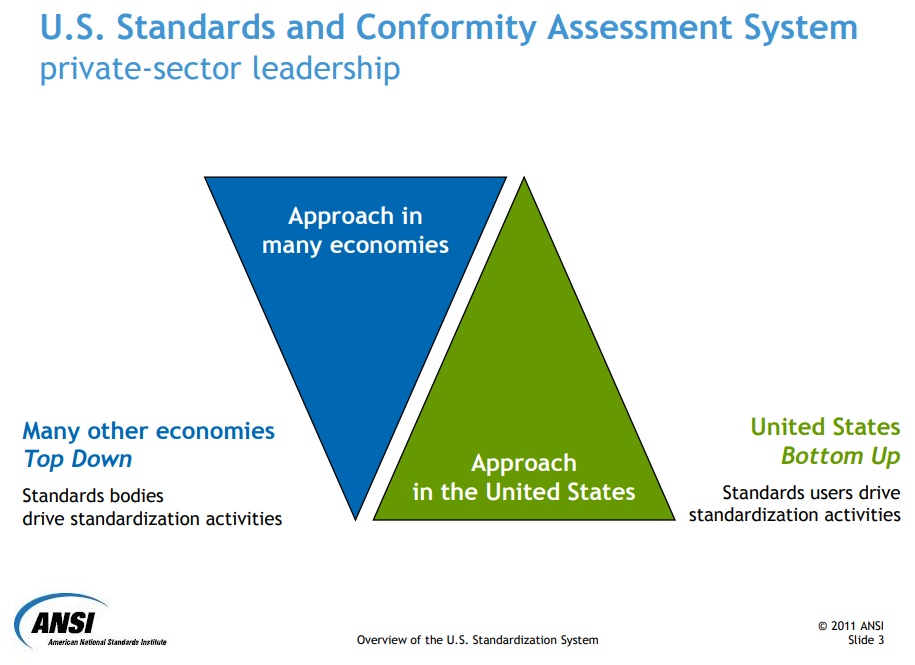Training Large Language Models
- Home Page 78

Café Linné Fika
Cafelinne | Annual Financial Reports 2019-2024
Glad midsommar from the Hahne family! 🇸🇪
For over 1,000 years, our people have gathered to celebrate light, life, and tradition.
We’re proud to pass this heritage on to our children. pic.twitter.com/8goBccL6ts— William Hahne (@William_Hahne) June 20, 2025
University students at restaurant ‘Flustrets’, Uppsala, Sweden 1896.
by inColorizedHistory
Nu finns en uppdaterad IT-standard som ska bidra till effektivare, säkrare dataflöde i skolan och enklare administration. Den erbjuds kostnadsfritt av SIS genom ett avtal med @Skolverket.https://t.co/QfDv2YxDci pic.twitter.com/WyYiRCuVsQ
— Svenska institutet för standarder, SIS (@svenskstandard) November 24, 2020
August Sabbatical
We observe academia’s summer hiatus until August 19th when we resume our daily 15:00 sessions on the topic of Data Center standards, regulations and codes. The front desk at our State Street Office will remain open but our daily colloquia will be replaced with “Evergreen” content dating back to 1993. See our CALENDAR.
Some jankiness in presentation will likely persist until early September as we upgrade PHP versions, widgets, and plug-ins to the latest versions of WordPress and Python. Content updates across all our platforms remains unresolved; described in the link below:
All that said, the content will not change but access and timeliness “may” be delayed by no more than 24 hours.
Strawberry Sipper Water
Strawberry sipper water is a flavored water beverage made by combining pureed strawberries with cold water, often enhanced with ice cubes for a refreshing taste. It’s typically prepared by blending fresh or thawed frozen strawberries into a puree, mixing it with water in a pitcher, and adding ice, sometimes with mint leaves frozen in the cubes for extra flavor.
Unlike infused water, where fruit sits in water for hours, strawberry sipper water is more akin to an agua fresca, blending fruit for immediate flavor and a vibrant pink color. It’s a hydrating, low-calorie drink popular for summer or as a soda alternative, often garnished with fresh strawberries or mint.
Nourriture d’été
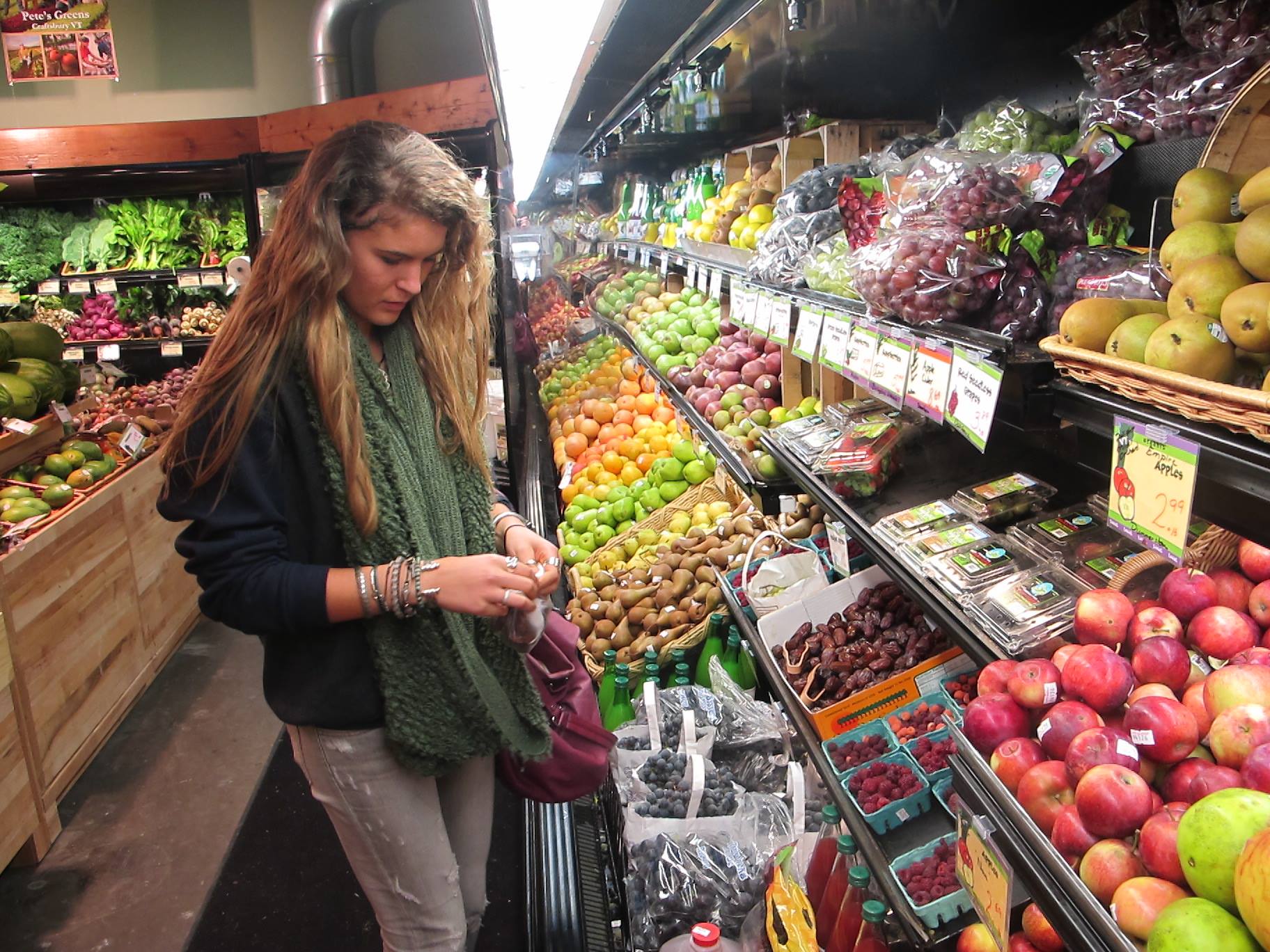 University of Vermont | Chittenden County
University of Vermont | Chittenden County
![]()
Today we break down the catalog for food safety in education communities; with primary attention to consultations from private standard developing organizations and federal agencies charged with food safety. We do so with sensitivity to animals and plants and sustainability of the global food supply chain. Many schools are the communal cafeterias for the communities that own and operate them and run at commercial scale.
We prepare responses to public consultations released by standards developing organizations which, in many cases, have significant conformance enterprises. Core titles are published by the ANSI accredited organizations listed below:
The ASHRAE catalog is the most cross-cutting and fastest moving catalog in the land. If you claim ownership of the United States energy domain you pretty much capture everything related campus safety and sustainability. Best to deal with it on a day-by-day basis as we usually do according to daily topics shown on our CALENDAR.
Association for Packaging and Processing Technologies
American Society of Agricultural and Biological Engineers
Institute of Electrical and Electronic Engineers
National Electrical Safety Code (Our particular interest lies in the safety and reliability of off-campus agricultural and research facilities that receive power from regulated utilities)
Kitchen Safety and Security System for Children
TupperwareEarth: Bringing Intelligent User Assistance to the “Internet of Kitchen Things”
Designing an IoT based Kitchen Monitoring and Automation System for Gas and Fire Detection
Re-Inventing the Food Supply Chain with IoT: A Data-Driven Solution to Reduce Food Loss
International Code Council
International Building Code Assembly Group A-2
International Building Code Group U Section 312 Agricultural Buildings
International Building Code Moderate Hazard Factory Industrial Group F-1 (Food Processing)
National Fire Protection Association
National Electrical Code Article 210 (Branch Circuits)
National Electrical Code Article 547 (Agricultural Buildings)
Standard for the Installation of Air-Conditioning and Ventilating Systems
Public Input Report for the 2024 Revision
Standard for Ventilation Control and Fire Protection of Commercial Cooking Operations
Public Input Report for the 2024 Revision
Food Equipment
Commercial Warewashing Equipment
Commercial Refrigerators and Freezers
Commercial Cooking, Rethermalization and Powered Hot Food Holding and Transport Equipment
Commercial Powered Food Preparation Equipment
US Federal Government:
US Department of Agriculture
Food & Drug Administration (HACCP)
State Governments:
Lorem ipsum @StandardsState
Global:
International Organization for Standardization
International Electrotechnical Commission
Codex Alimentarius
Food safety and sustainability standards populate are of the largest domains we track so if we need a break0-out session, let’s do it. Use the login credentials at the upper right of our home page.
 University of Kentucky College of Agriculture, Food and Environment
University of Kentucky College of Agriculture, Food and Environment
More
Standards supporting vertical farming
STANDARDS SUPPORT SOPHISTICATED FARMING METHODS THAT BRING PRODUCE TO YOUR TABLE
US Food & Drug Administration: Food Facility Registration Statistics (as of January 11, 2021)
National Grange of the Order of Patrons of Husbandry
The U.S. Land-Grant University System: An Overview
American Society of Agricultural and Biological Engineers Standards Development
The origin of the Land grant act of 1862
International Electrotechnical Commission: Keeping food safe from farm to plate
Council for the Advancement of Standards in Higher Education: Dining Services Programs
Science and Our Food Supply: A Teacher’s Guide for High School Classrooms
Cold Brew
University of Miami: Condensed Statement of Financial Position 2023 ($7.02B)
Florida: Municipal Securities Issuers
The Border, DEI, Trump, Islam, BLM & the Misinterpretation of Data
Good luck on finals, Canes! 🙌 pic.twitter.com/mZb2Pfynra
— University of Miami (@univmiami) April 30, 2025
Dogs and Agriculture
Dogs have been bred for a variety of purposes throughout history, including as working animals to support agriculture. Dogs have been bred for specific traits that make them well-suited to work on farms, such as intelligence, obedience, strength, and endurance*.
History and Architecture | University of Oxford Estates Services
* Here are a few examples of how dogs were bred to support agriculture:
Herding dogs: Dogs such as the Border Collie, Australian Cattle Dog, and German Shepherd were bred to help farmers manage livestock by herding them from one place to another. These dogs have a natural instinct to gather and control herds of animals, and they can be trained to respond to a farmer’s commands.
Hunting dogs: Many breeds of dogs, such as the Labrador Retriever, were originally bred as hunting dogs to assist farmers with hunting game for food. These dogs have a keen sense of smell and are skilled at tracking and retrieving prey.
Guard dogs: Certain breeds of dogs, such as the Great Pyrenees, were bred to protect livestock from predators such as wolves and bears. These dogs are fiercely protective of their flock and will guard them from any perceived threat.
Draft dogs: Some large breeds of dogs, such as the Bernese Mountain Dog and the Saint Bernard, were bred to pull carts and wagons on farms. These dogs are strong and muscular and can move heavy loads across long distances.
Overall, dogs have been bred for centuries to support agriculture in a variety of ways. Their intelligence, loyalty, and hardworking nature have made them invaluable assets to farmers and have helped to shape the course of human history.
Date & Time: Representations For Information Interchange
Most nations follow the day/month/year format (07/01/19 for January 7, 2019, for example), but the United States adheres to its own format of month/day/year (1/7/19 or 1/7/2019). The potential for misinterpreting dates across national boundaries is the logic for ISO 8601:2019 – Data Elements And Interchange Formats – Information Interchange – Representation Of Dates And Times, the ISO format for dates represents year, month, and day from the largest unit to the smallest, most specific unit of time. The ISO date format is the date format used in SQL and is the default date setting on many computers.
ISO 8601-1:2019 Date And Time – Representations For Information Interchange – Part 1: Basic Rules
More
How the ISO Date Format Tells Today
Date and time formats used in HTML
United States Standards System
Essential Requirements
Your 2025 Guide to ANSI’s Community Resources
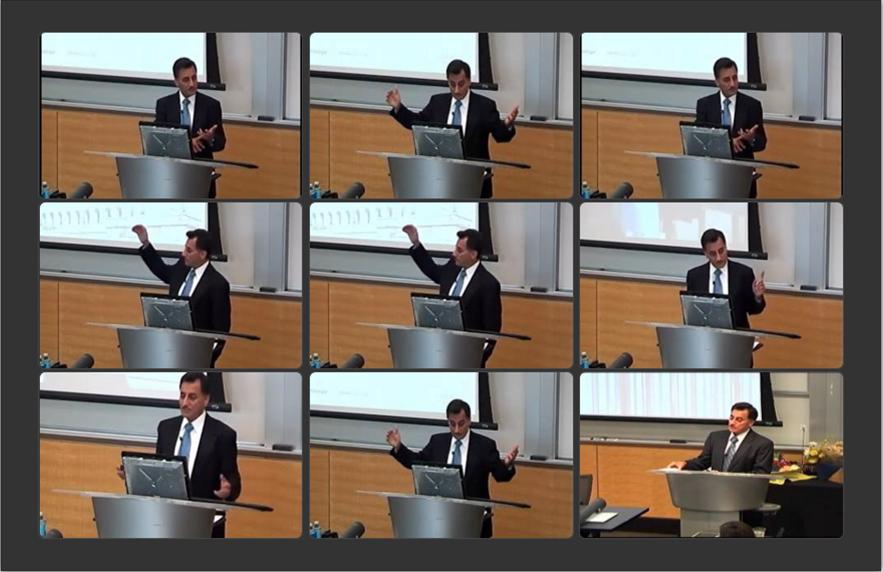
S. Joe Bhatia at the University of Michigan Ross School of Business | ANSI Company Member Forum, May 2016
Only Two Weeks to Go! Join ANSI at the 2024 U.S.- Korea Standards Forum in Washington, D.C. #quantum #greenenergy #artificialintelligence https://t.co/h3zhyxbh5S pic.twitter.com/rVxuUFOQJR
— ANSI (@ansidotorg) June 18, 2024
#ANSINews: ANSI Releases March 2024 Edition of Government Relations and Public Policy Update:https://t.co/a0TbgRP7sO pic.twitter.com/7EndBOJmfx
— ANSI (@ansidotorg) April 1, 2024
Calling all students! How do standards support safe and effective implementation of AI? Share your thoughts in ANSI’s Student Paper Competition: https://t.co/lP8tIIkKwv#ANSIpapercompetition #standards #AI #artificialintelligence #engineering #computerscience #scholarship pic.twitter.com/VL57XYVEUY
— ANSI (@ansidotorg) April 1, 2024
With many non-profit organizations also challenged by the pandemic we are likely to see fewer experts at technology, finance and management gatherings where leading practice is discovered and promulgated. That does not mean that many gatherings will not be offloaded onto the internet but, with fewer paid experts involved, one wonders whether there will be fewer unpaid experts — or will there be more unpaid experts? We shall see.
Since the United States federal government can print money it is likely that more decision-making will be drawn back to Washington D.C. — where the money is. The likelihood that we shall see greater federal control over education facility industry originating at the federal level inspires a revisit of the United States standards system. The National Institute of Standards and Technology is the oversight agency and the American National Standards Institute is the private non-profit organization that oversees the development of voluntary consensus standards for products, services, processes, systems, and personnel in the United States.
To understand ideal balance in the US standards system See § 2.3 ANSI Essential Requirements: Due process requirements for American National Standards
FROM OUR ARCHIVE:
Student Accommodation
ENR (December 7, 2023) University of Michigan Signs P3 for $631M Student Housing Project
Today we break down public consultation notices for literature that sets the standard of care for the safety and sustainability of student housing in K-12 prep schools, colleges and universities. We deal with off-campus housing in a separate session because it involves local safety and sustainability regulations; most of which are derived from residential housing codes and standards.
The topic cuts across many disciplines and standards setting organization bibliographies. We usually set our bearing with the following titles:
2021 International Building Code: Section 310 Residential Group R-2 + related titles such as the IFC, IMC, IPC, IECC
2021 Fire Code: Chapter 6 Classification of Occupancy + related titles such as NFPA 70B, NFPA 72 and NFPA 110
2023 National Electrical Code: Articles 210-230 + related Articles 110 and 410
ASHRAE 90.1 Energy Standard for Buildings Except Low-Rise Residential Buildings: Annex G
Like any other classification of real property the average cost for room and board for a public university student dormitory depends on several factors such as the location of the university, the type of dormitory, and the meal plan options. According to the College Board, the average cost of room and board for the 2021-2022 academic year at a public four-year in-state institution was $11,620. However, this figure can range from around $7,000 to $16,000 or more depending on the specific institution and its location. It’s important to note that this average cost only includes the basic meal plan and standard dormitory room. Students may also have additional costs for a larger or more luxurious dorm room, a premium meal plan, or other expenses such as laundry or parking fees.
According to ring Rider Levett Bucknall, a global property and construction consultancy firm, the average construction cost for a student housing facility in the United States in 2021 was around $202 per square foot. However, this figure can range from around $150 to $300 per square foot or more depending on the specific project. Life cycle cost for new facilities with tricked out net-zero gadgets is hard to come by at the moment.
Because money flows freely through this domain we examine scalable densities and the nature of money flow patterns; partially tracked by the Electronic Municipal Market Access always on the standing agenda of our Finance colloquium.
More
National Institute of Standards & Technology: The Character of Residential Cooktop Fires
Deserted College Dorms Sow Trouble for $14 Billion in Muni Bonds
Here are a few pros and cons of private sector construction of university-owned student housing:
Pros:
- Increased housing availability: Private sector developers may be able to build more student housing units than a university could build on its own, which can help to alleviate the shortage of on-campus housing for students.
- Faster construction: Private developers may be able to complete construction projects faster than universities, which can help to reduce the amount of time that students must wait for new housing options.
- Reduced financial burden on the university: The cost of building and maintaining student housing can be significant, and private sector developers may be willing to bear some of these costs. This can help to reduce the financial burden on the university and free up resources for other initiatives.
- Professional management: Private developers may have more experience managing large housing projects and may be able to provide more professional management services than a university could provide on its own.
Cons:
- Higher costs for students: Private developers may charge higher rents than a university would charge for student housing, which can make housing less affordable for some students.
- Reduced university control: Private developers may have different priorities than a university would have when it comes to building and managing student housing. This can lead to a reduced level of control for the university over housing quality, management, and policies.
- Potential conflicts of interest: Private developers may be more focused on making a profit than on meeting the needs of students or the university, which can create potential conflicts of interest.
- Less transparency: Private developers may not be subject to the same level of transparency and accountability as a university would be when it comes to housing policies, decision-making processes, and financial management.
It’s important to note that these pros and cons may vary depending on the specific circumstances and context of each individual university and private sector partnership.
New update alert! The 2022 update to the Trademark Assignment Dataset is now available online. Find 1.29 million trademark assignments, involving 2.28 million unique trademark properties issued by the USPTO between March 1952 and January 2023: https://t.co/njrDAbSpwB pic.twitter.com/GkAXrHoQ9T
— USPTO (@uspto) July 13, 2023
Standards Michigan Group, LLC
2723 South State Street | Suite 150
Ann Arbor, MI 48104 USA
888-746-3670


